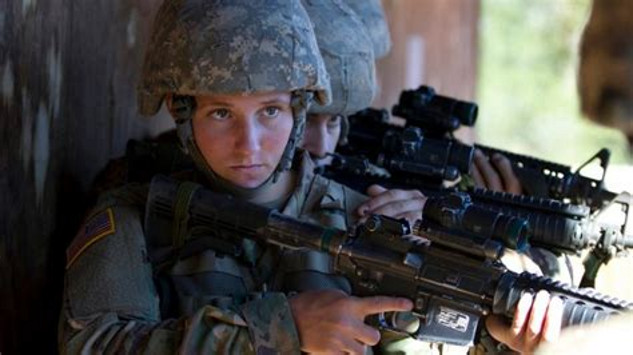
US kicks off debate on conscription as other Nato members introduce drafts
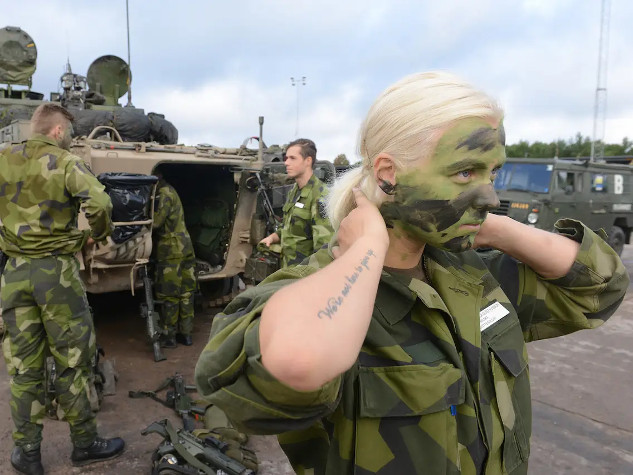
Gotland has been a popular holiday destination for decades, but recently Swedish commander-in-chief, Mikael Bydén, claimed that Russian president Vladmir Putin “has his eyes” on the island.
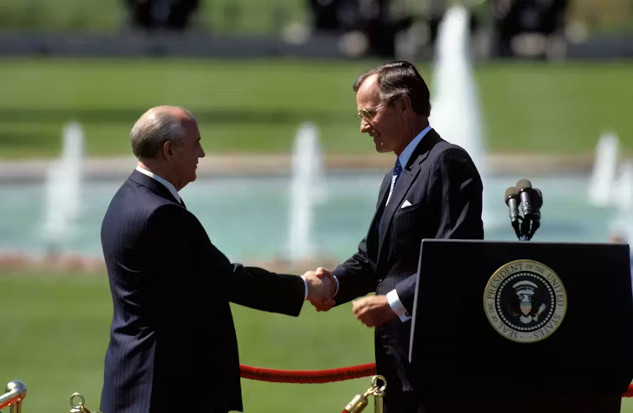
New ‘cold war’ grows ever warmer as the prospect of a nuclear arms race hots up. So how did we get here?

The Academy Awards celebrated the film version of Oppenheimer's life – it took home seven Oscars – yet it dismally failed to address his decisive role in the decision to drop the bomb on Hiroshima, and all the death and destruction it caused.
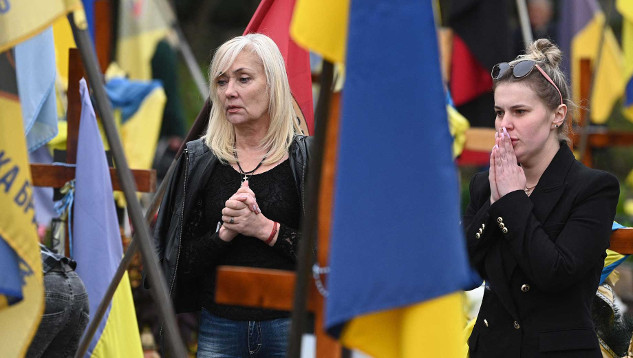
Ukraine is losing the war and the west faces a stark choice: help now or face a resurgent and aggressive Russia.
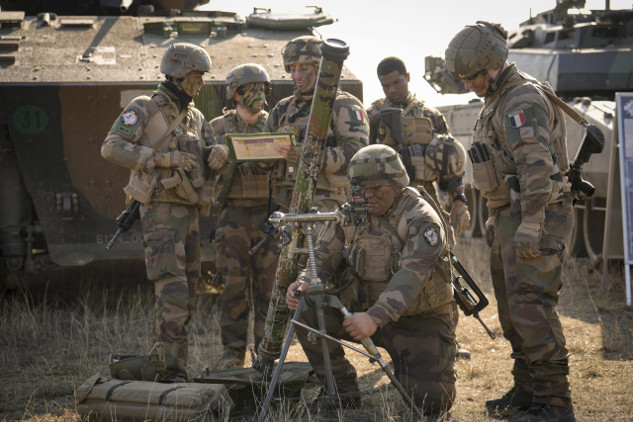
Ukraine war: why many Nato countries are thinking of introducing conscription and the issues that involves
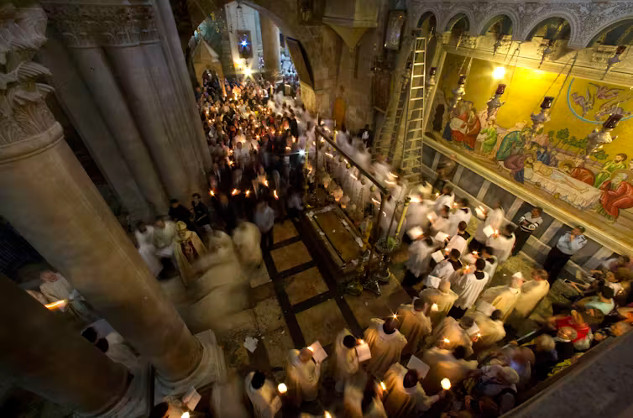
Easter 2024 in the Holy Land: a holiday marked by Palestinian Christian sorrow.
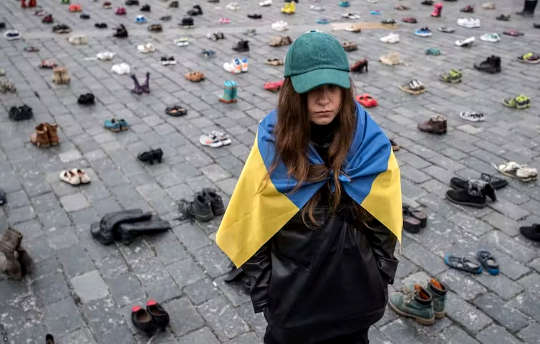
Abundant research shows that unverbalized memories are not necessarily lost. Often, they return in the form of flashbacks and physical sensations.
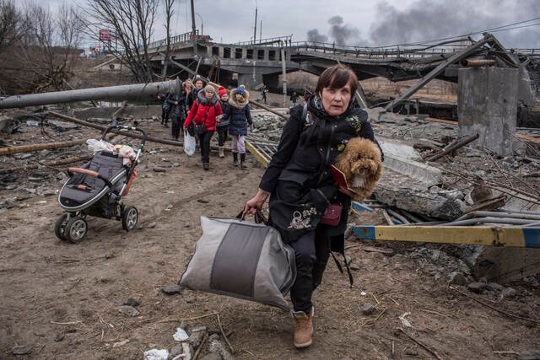
Not since the 1970s oil crisis has the west seen such a focus on energy security. Suddenly in 2022 it became a critical part of the battle for Ukraine. Russian attacks on energy facilities have left millions of Ukrainians without power during a freezing winter.
- By Tom Vaughan
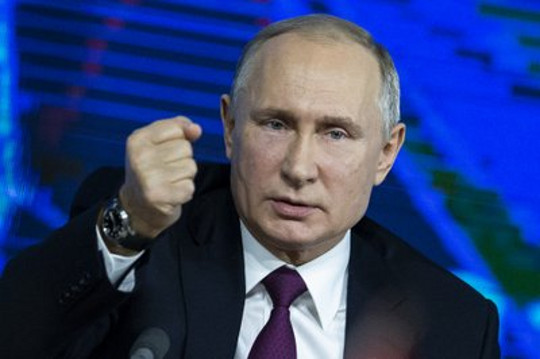
The United States and the Soviet Union came dangerously close to war in October 1962 during the Cuban missile crisis. Just ahead of its 60th anniversary, Russian president Vladimir Putin is issuing nuclear threats
The war has dramatically changed this picture for the worse. To date, more than 14 million people have left their homes and six million of these have fled from Ukraine.
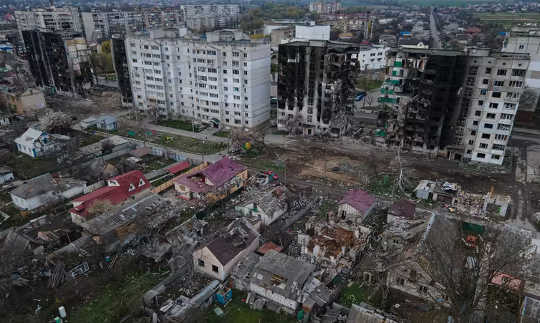
The so-called Doomsday Clock, created by the Bulletin of the Atomic Scientists to measure the imminent risk of nuclear conflagration, has been at 100 seconds to midnight since 2020. It’s now looking increasingly out of time with current events.
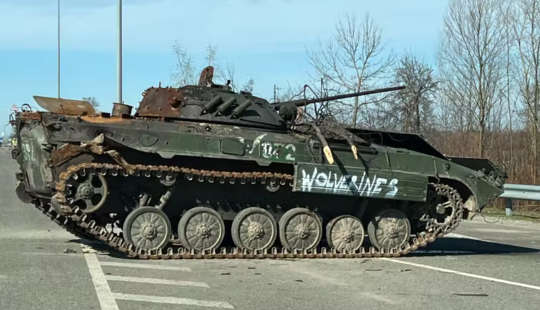
When images from Ukraine of abandoned Russian tanks tagged with the word “Wolverines” circulated in early April, movie buffs got it right away: Ukrainian fighters were consciously referencing the cult 1984 film Red Dawn.
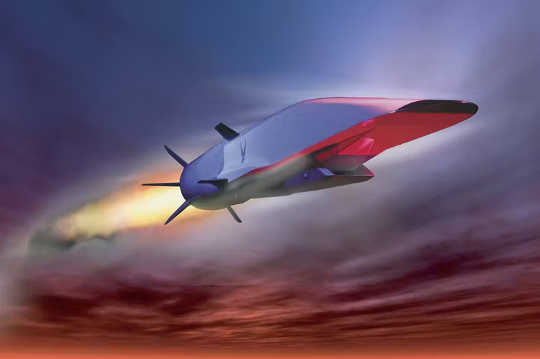
The next-generation hypersonic missiles that Russia, China and the U.S. are developing do pose a significant threat to national and global security.
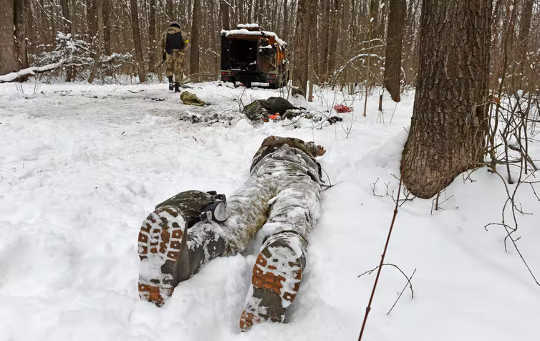
Those who initiate wars often begin with an overly optimistic assumption that the fighting will be quick, controllable and that casualties will be low. When many bodies start coming home or are left on the battlefield, it is a sign that the war is none of those things.
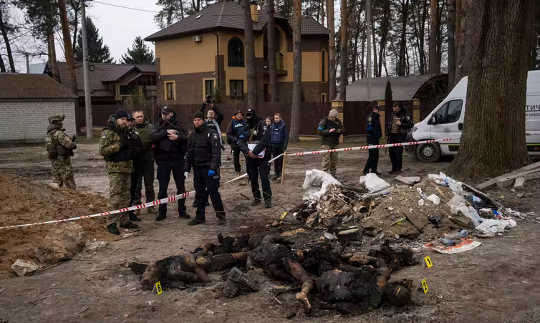
Shocking images from Bucha and elsewhere in Ukraine revealed what many suspected, that Russian soldiers were apparently committing war crimes.
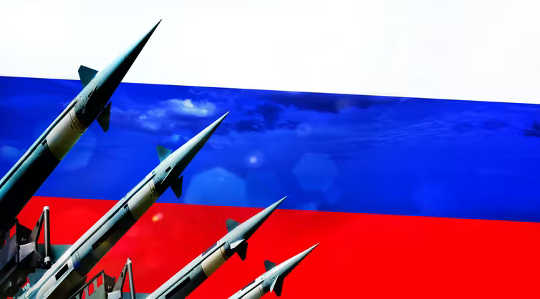
Even before the Russian military machine entered Ukrainian territory on February 24, the potential threat of escalation to a nuclear conflict had been raised.
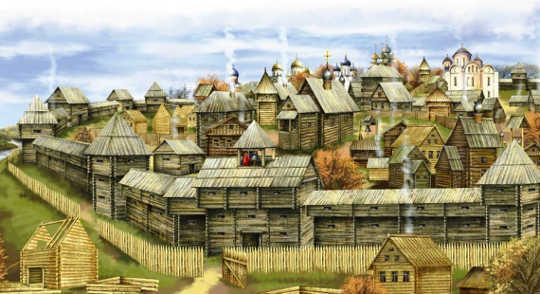
Russian president Vladimir Putin sees his country’s history as providing the essential justification for the war he is waging against the Ukrainian people.
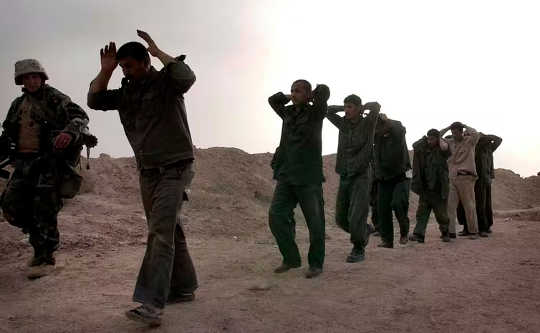
At the start of 2022, the right to vote, the rule of law and even the existence of facts seemed to be in grave peril in the United States.
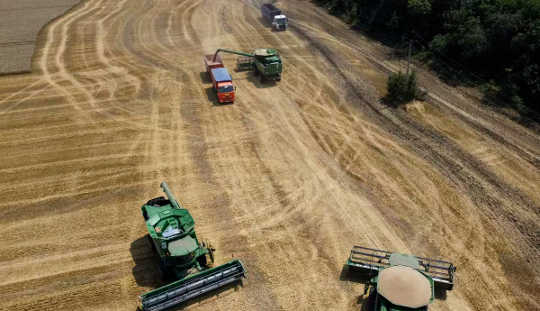
The U.S. and its western allies have increasingly turned to sanctions, investment bans, embargoes and other forms of economic warfare over the last two decades.
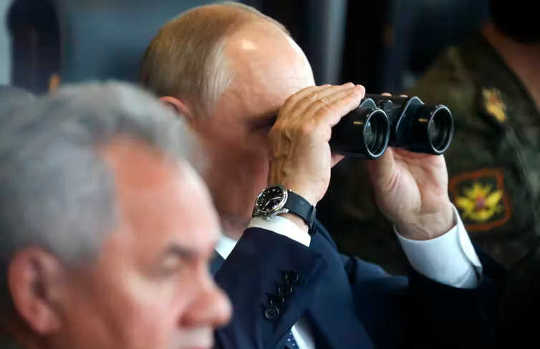
The war started by Vladimir Putin against Ukraine is not unfolding as he expected it would. His attempts to play the Cold War game of making threats to achieve his goals were not perceived as credible by NATO.
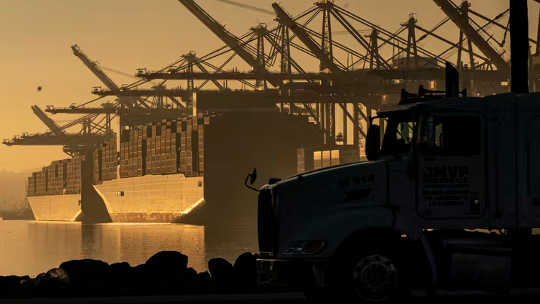
As an expert in global supply chains, I think the war portends the end of something else: global supply chains that Western companies built after the Berlin Wall fell over three decades ago.
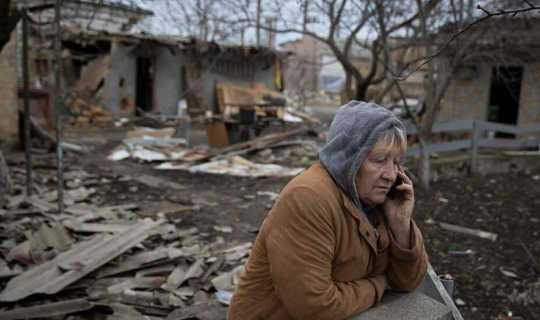
In the midst of the Russian invasion of Ukraine, it’s worth examining the evolution of Russia’s official rhetoric and military actions in former Soviet states since the breakup of the Soviet Union in 1991.


















